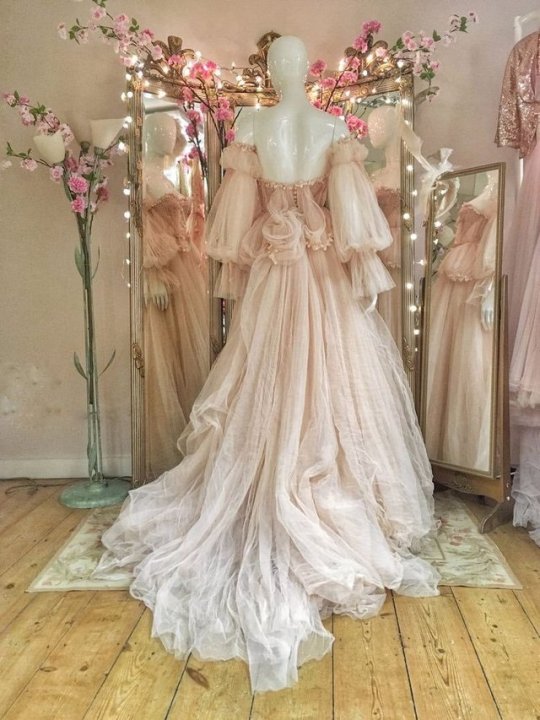Photo





Rachel Weisz as Evelyn O'Connell in The Mummy (1999) dir. Stephen Sommers
4K notes
·
View notes
Photo

Marilyn Monroe photographed by Nick de Morgoli, 1953.
191 notes
·
View notes
Text

Sissi (1955) dir. Ernst Marischka
342 notes
·
View notes
Text
Fantasy Guide: Horses, Steeds and Mounts

Horses are a staple of fantasy. Instead of writing them as emotionless vehicles lets give them life.
Horse Terminology
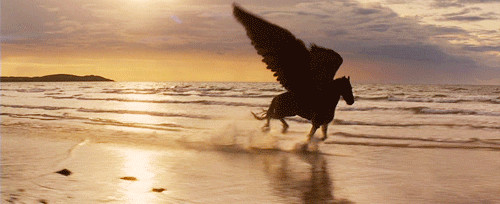
Mare: female horse
Gelding: castrated male horse, big boned and gentle
Stallion: male horse, more agressive
Foal: baby horse
Filly: girl baby horse
Colt : boy baby horse
Yearling: a horse a year old, too young to ride
Pony: small, smart and sturdy,
Colour
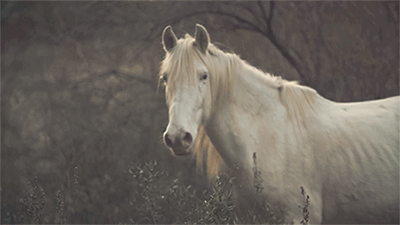
When writing horses, we like to colour them in. Make sure to have a look at my colours post for some symbolic choices.
Appaloosa: white hair and dark patches
Bay: red-brown, dark, mahogany bay, red bay, sandy are all common shades but bay must always have a hint of black.
Black: black but keep in mind that pure black is very rare.
Chestnut/Sorrel: reddish coat, may have brown/rws
Dun: yellowish commonly but can be reddish yellow horse
Paint/Pinto – white patches
Palomino: golden coat, white mane
Piebald – dark-skinned, with large splotches of black and white
Roan: blue or strawberry; mixed colored and white hairs. A blue roan has black and white manes, red roans have white manes.
Physical signs

These all tell you what the horse is telling you. Listen to your horse.
Blow: exhaling through the nose. This indicates curiousness and often followed by nuzzling.
Breathing: Yes, check if the horse is breathing first. Always a good point. But yes, horses have a resting breath that is relaxed. Changes to this could mean anxiety or fear.
Ears are up and pointed forward: alert and interested
Ears are pointed out to the side: Sleepy, tired, unwell or submissive.
Ears are pointed up: unwell or bored
Ears are back and pinned flat against the head: angry and aggressive. Fuck off right now or you’ll catch these hooves.
Neigh/Whinny: a sound made to look for company in people or horses.
Nicker: usually means “hello” in either a friendly context or a mating context. Mama horse will nicker to their kids.
Scream: usually while fighting some other horses.
Snort: exhaling through the nose sharply which is code for where’s the danger.
Feeding time

Horses need to be fed and it’s expensive. Horses are the most costly thing for a castle or army to have. It takes money to field a large calvary so make sure you have some food on board.
Apples and fruit.
Barley
Bran
Grass
Hays
Oats
Root vegetables – beetroot, carrots, parsnips, and turnips
Tack
Corn
Tack

This is the term for your horses kit. This will be a basic list.
Saddle: Your seat on the horse
Stirrups: supports that hang from either side of the saddle to support the feet.
Girth: A belt that fastens the saddle to the horse.
Bridle: The bit that goes over the horse’s face
Reins: connected to the bridle and ensures you have a grip
Bit: this is what the horse has between its teeth.
Horn: a raised portion of the saddle that sits at the point where the saddle is close to the neck.
Blanket: a drape of fabric used to warm a horse or stop rubbing from the saddle.
Things you ought to know about horses

Riding bareback (i hear you laughing, pervert) is actually quite hard and dangerous
Horses have limits and most can gallop all night without a break
Horses often break legs and sometimes must be put down (honestly fuck you Veronica, #cobalt deserved better)
Horses die in battle, not all horses make it out (you go, Joey)
Common horses mentioned in fantasy

Destrier: The most popular war horse of the medieval era. These horses are only ever really used by knights in battles, tournaments, and jousts. It was not the most common horse but it was considered the desired of horses even being called “the great”. Usually male, these horses were renowned for their agility able to turn quickly making it suitable for battle. Destriers are expensive. When one looks in the histories you seen them going for almost ten times the price of another breed. The breed has since died out but scientists and equestrians have since been trying to reproduce them.
Courser: This was the more commonly used and available war horse. It is fast and strong horse ridden by knights and men-at-arms. They were not expensive than the destrier but still would cost a pretty penny.
Rouncey: A commonly used horse used anything and everything. Mostly used for riding, the horse could be trained for battle.
Palfrey: Would be an expensive horse for riding. It was a slender horse with an ambling gait so it was prized for traveling over distance.
Hunters: Or more commonly called Thoroughbred. The Thoroughbred is a fast horse and an agile one. Though vest for racing, the thoroughbred was mostly used when the nobility went riding in hunting excursions.
21K notes
·
View notes
Photo



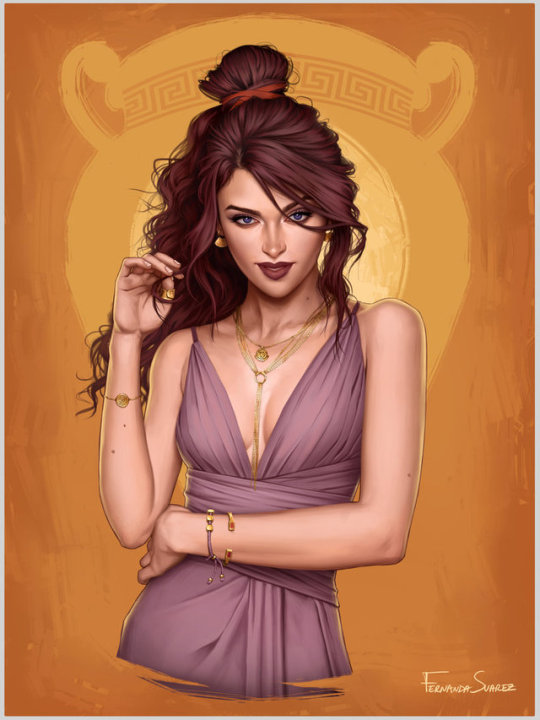

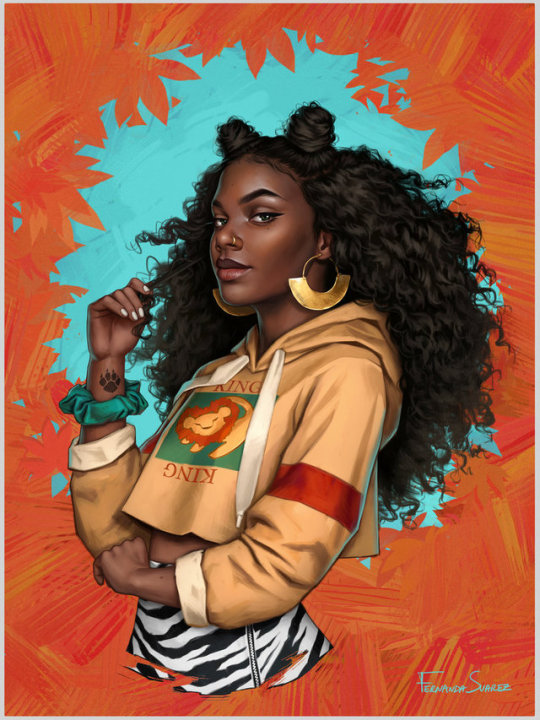
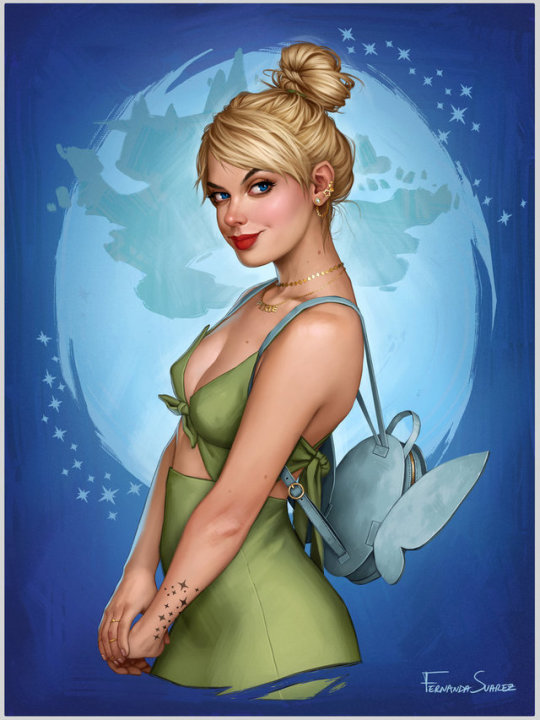
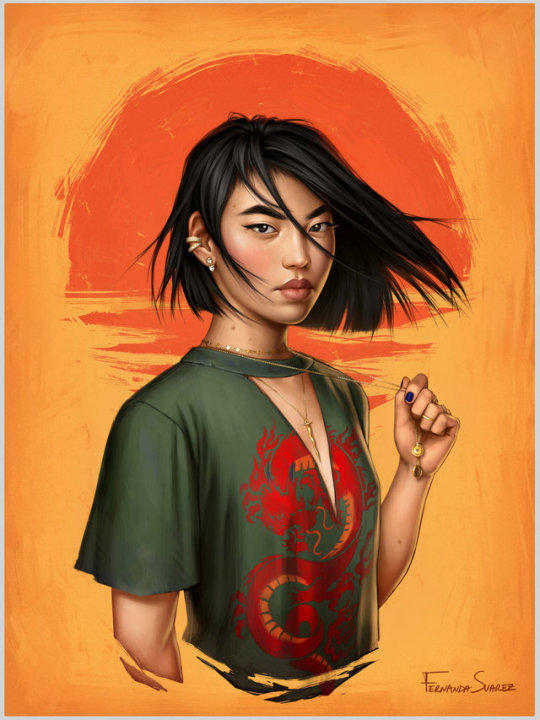
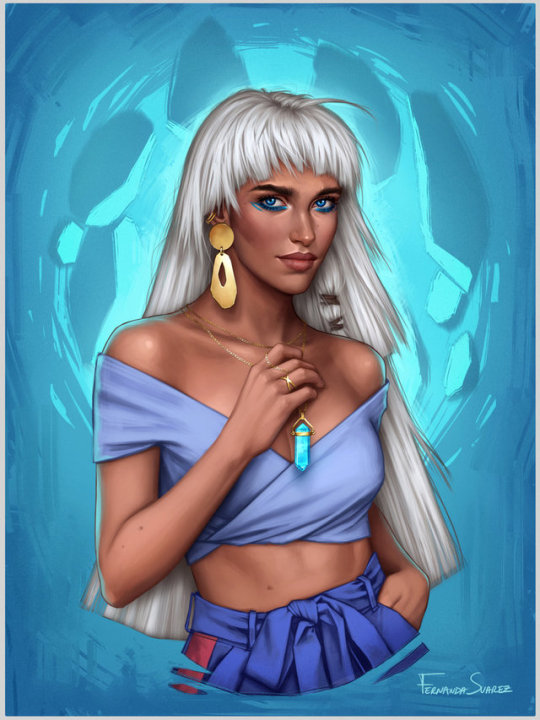
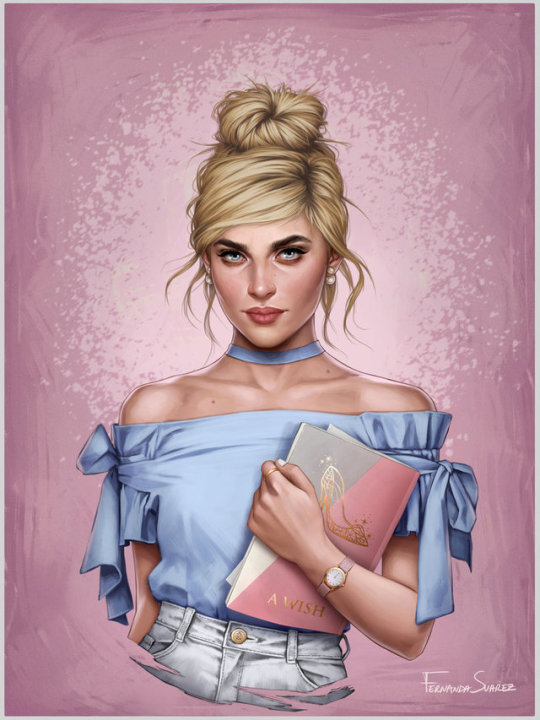
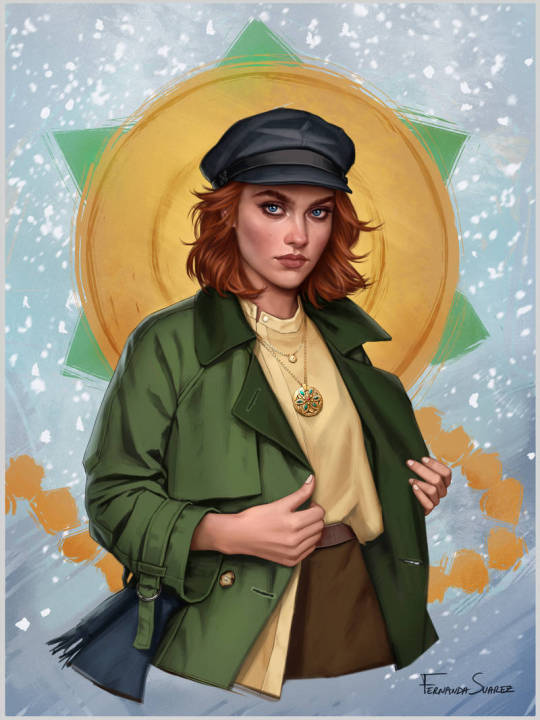

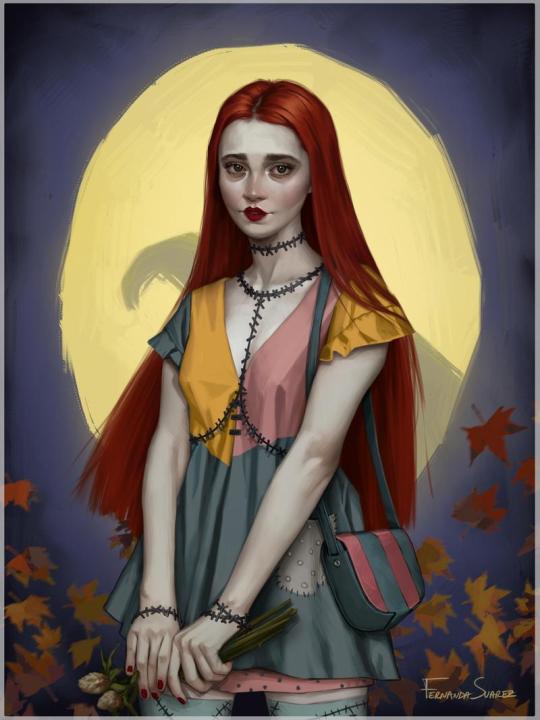
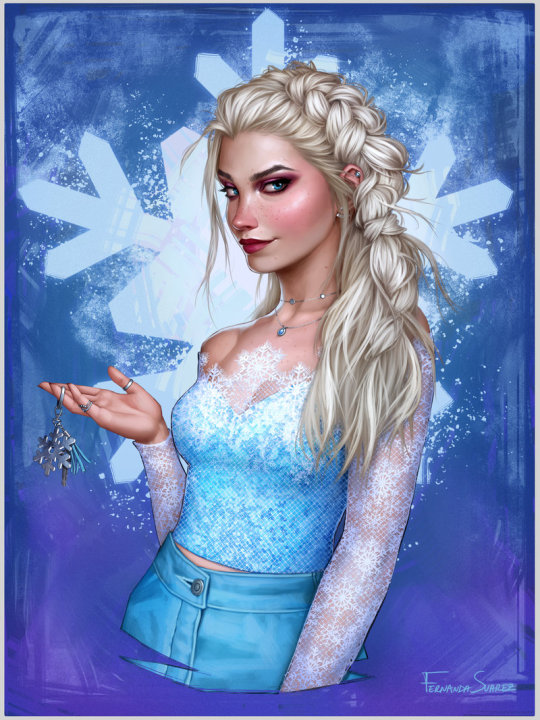
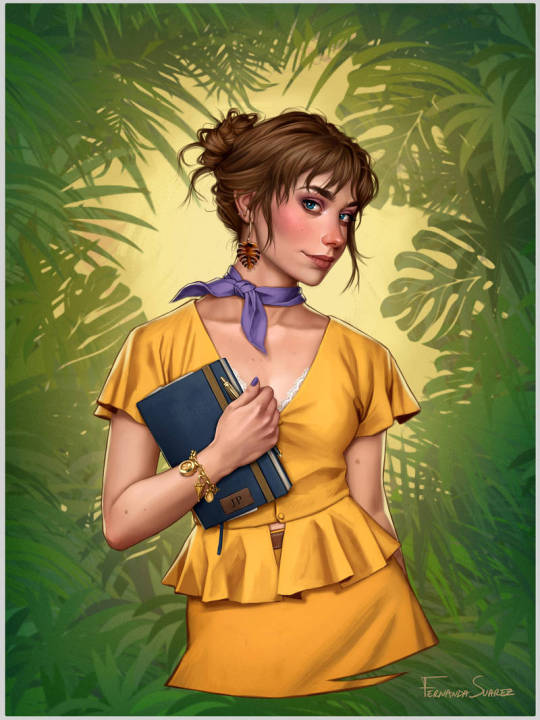
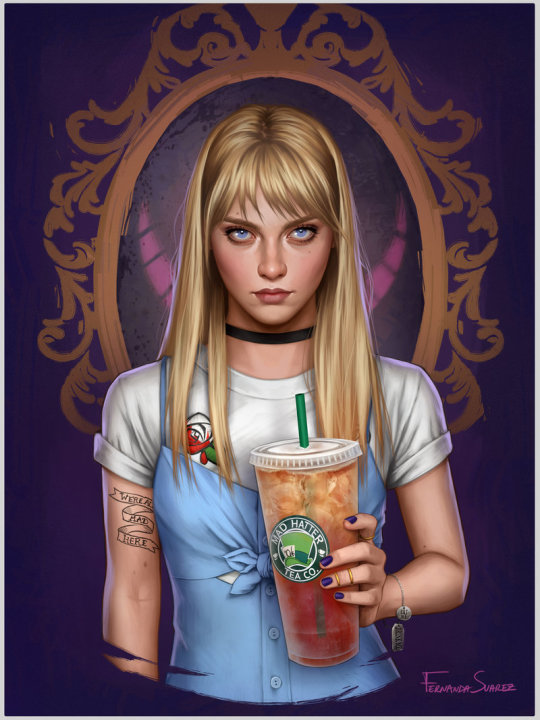

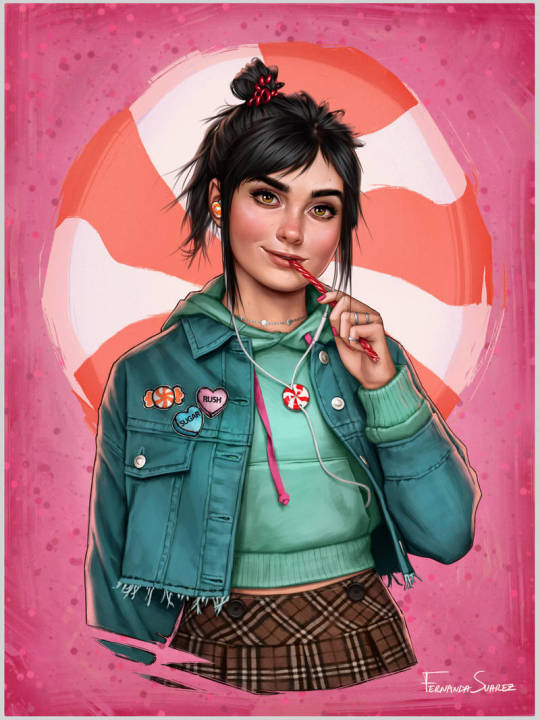
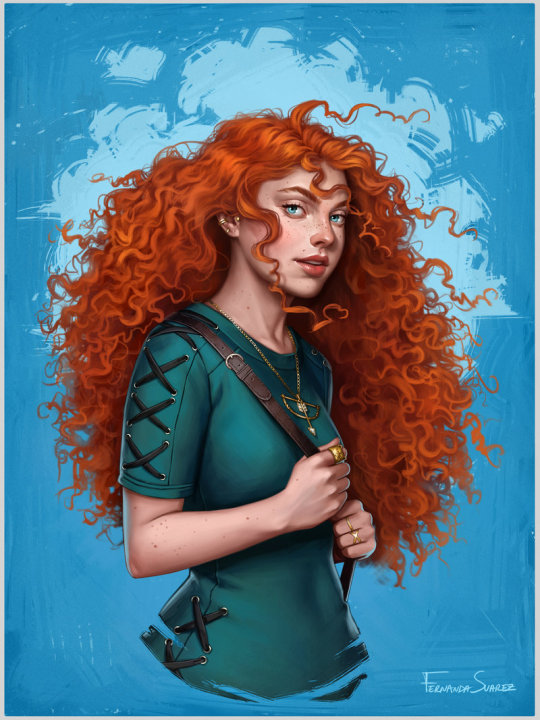
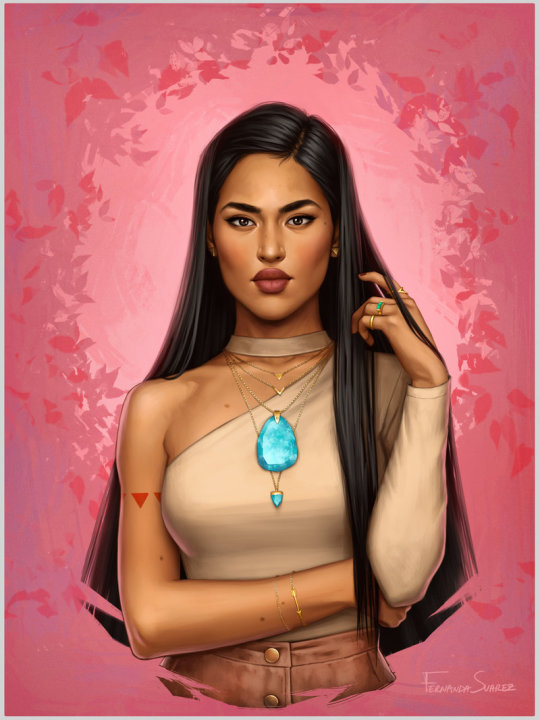
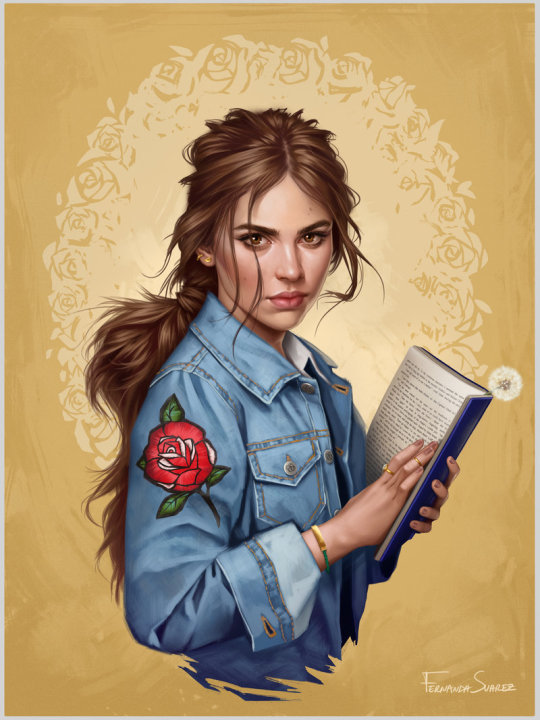

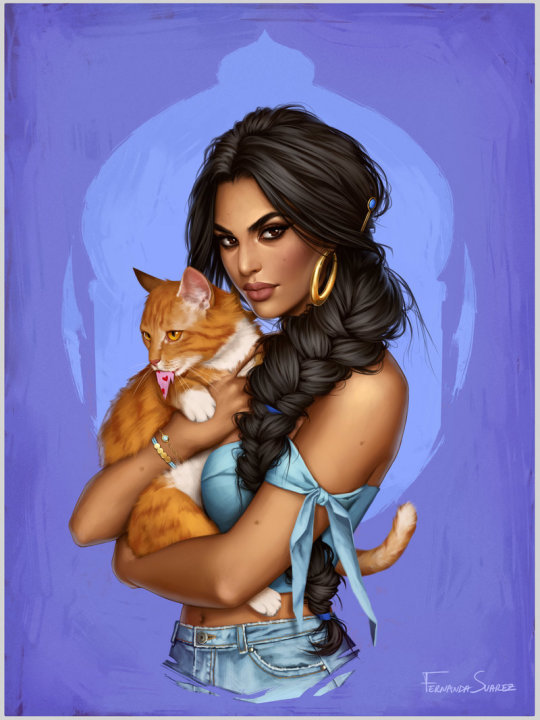
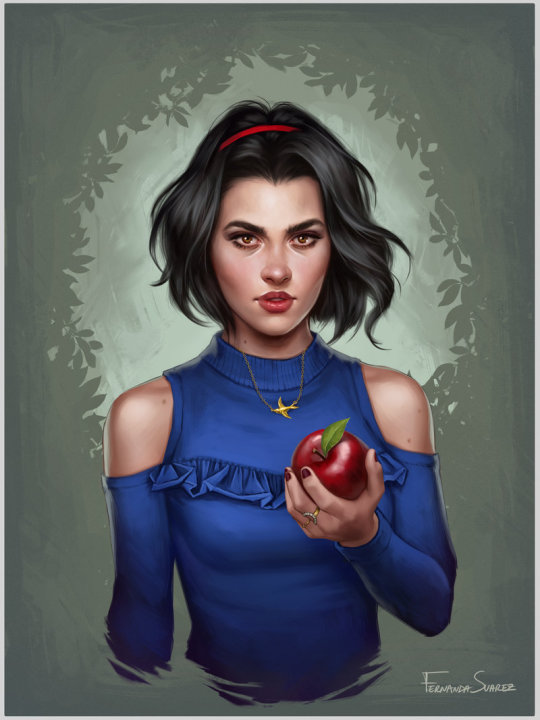


By FDASuarez
769K notes
·
View notes
Photo

‘The Serenade’ (details) - Leonard Raven-Hill
2K notes
·
View notes
Text










Coney Island, New York City. From 1912 to 1955 (hi Grace Kelly), 1961 and 1968, 1975 (tag yourself), late 1970s (hi Debbie Harry, hi Lester Bangs, oh hey Warriors), and 1985.
2K notes
·
View notes
Photo

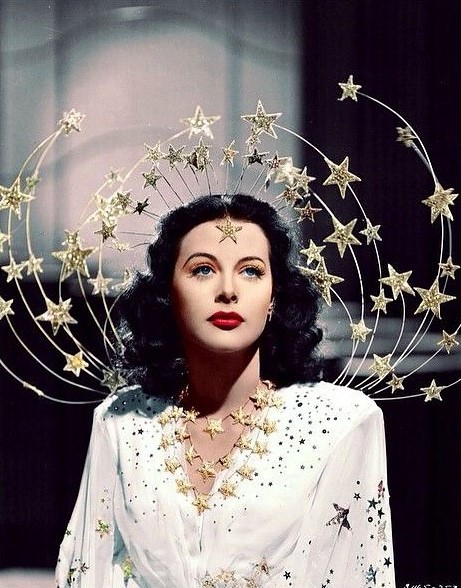
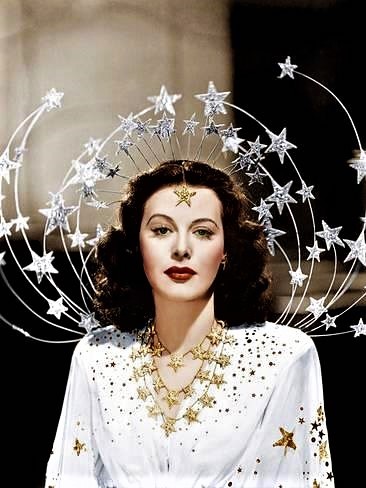
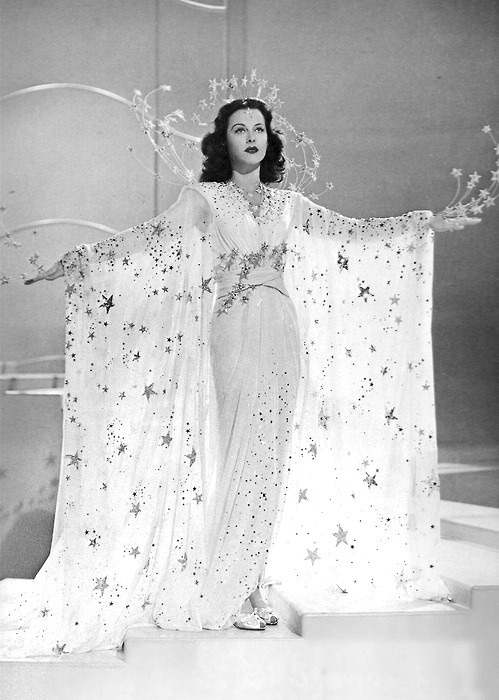
Hedy Lamarr, Ziegfeld Girl, 1941
33K notes
·
View notes
Photo
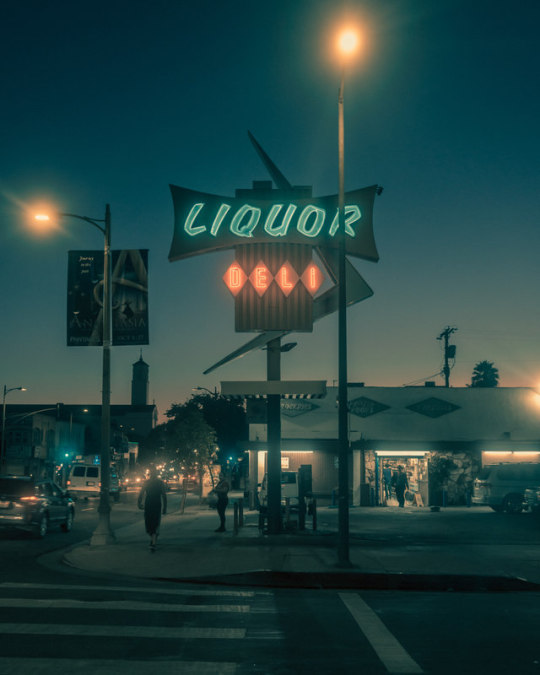


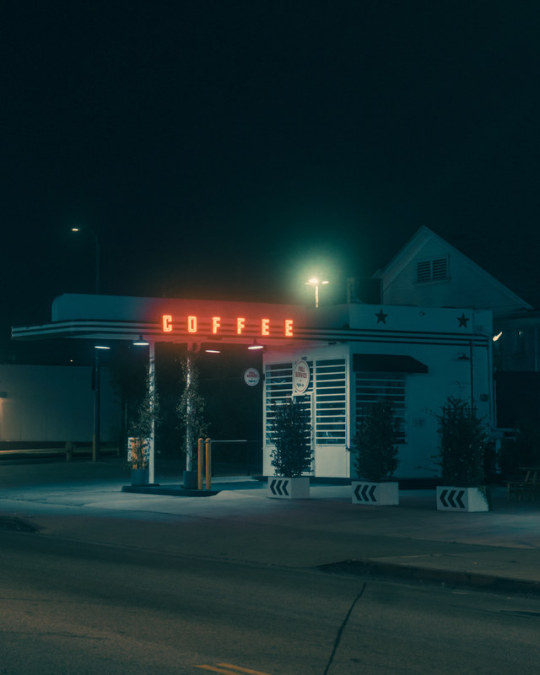


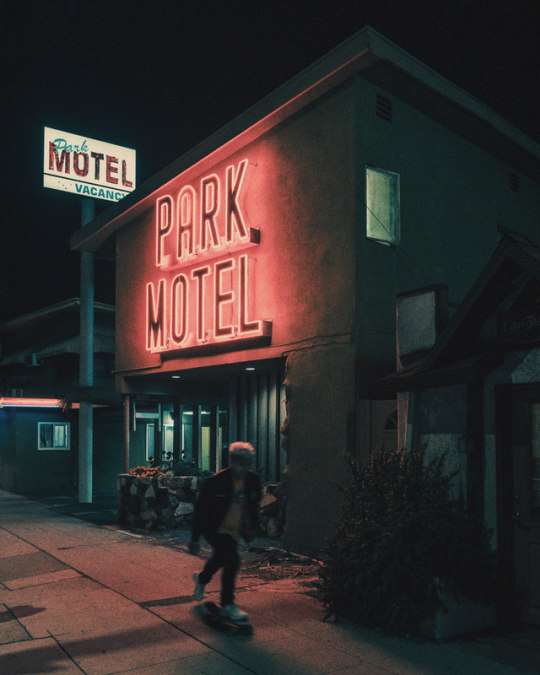

LA Confidential, Franck Bohbot
7K notes
·
View notes


